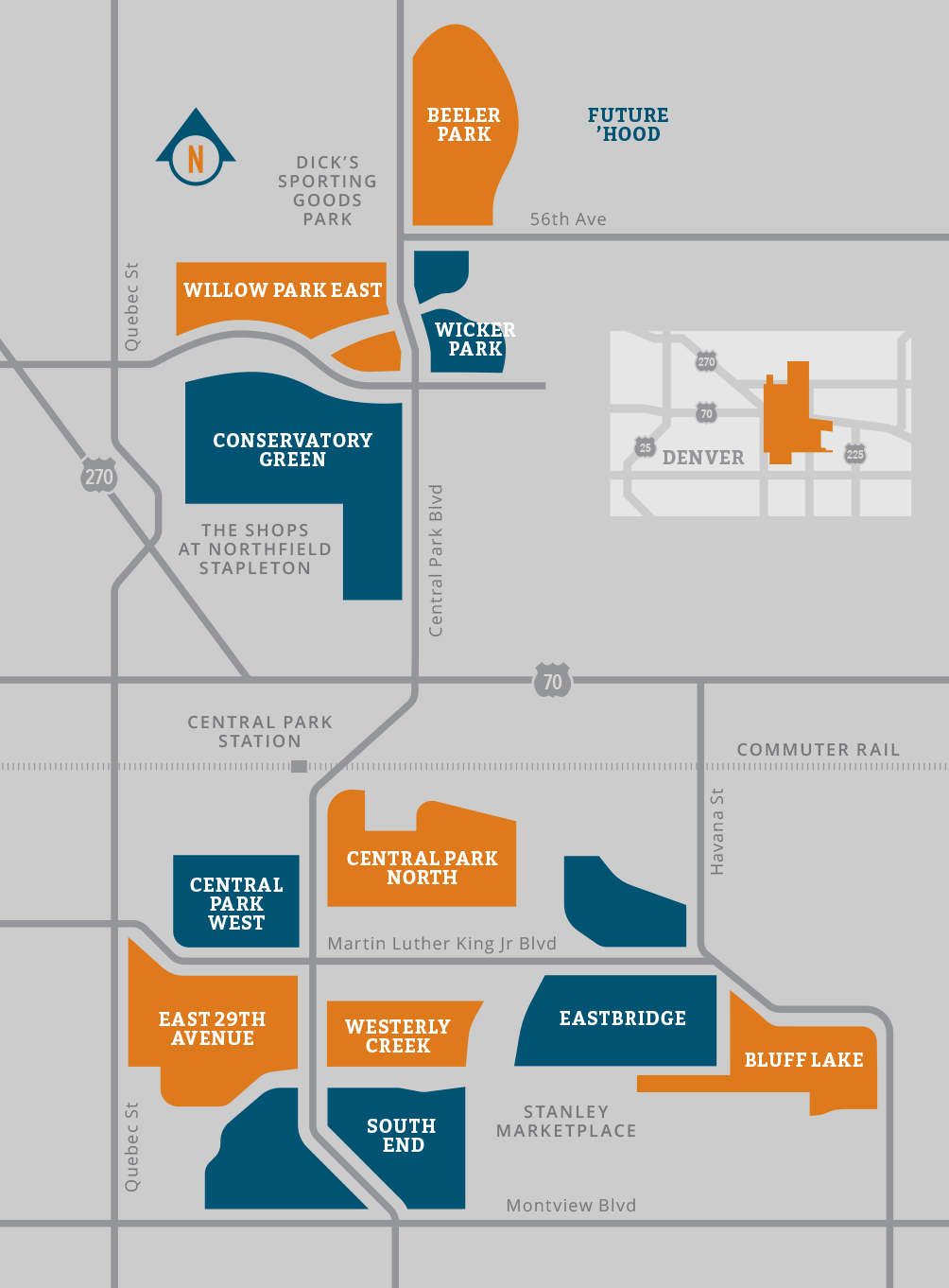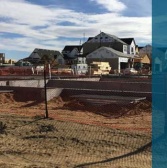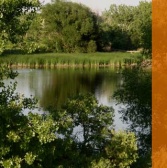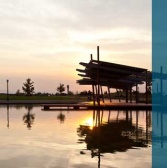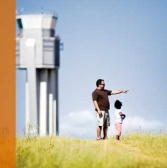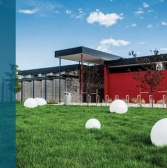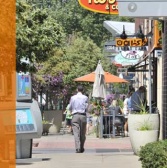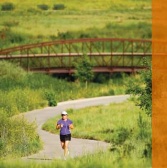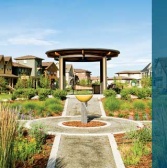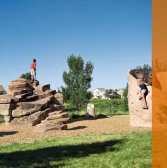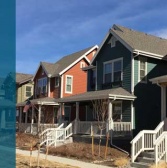Micro ’hoods. What? Why?
Here is a little insider history: Central Park residents are generally very friendly. And when the original pioneers (who settled here in 2002–2005) met each other, for the first time, at the park or the town center, they described where in the neighborhood they lived. Thus, the residents started nicknaming the neighborhoods based on the geographic landmarks that delineated one part of Central Park from another. For example, “South End”, described the area south of Greenway Park; “Eastbridge” defined the part of Central Park east of the two bridges that cross over Westerly Creek open space. Neighbors found a sense of pride and comradery in being associated with a smaller part of Central Park’s fast-growing community.
As these organic names took hold, Brookfield Properties, Central Park Denver’s master plan developer, decided to officially name each of the neighborhoods for marketing reasons, so when a new section of Northfield Central Park was being developed, it was easier for the future residents to identify and relate to this new area. Now, the names of these specific sub-sections of Central Park are cemented in as part of the culture.
Early Central Parkians named the ’hoods, now Brookfield and local builders use those names to sell new homes in Central Park.
Each of the neighborhoods is unique and has different appeal to its residents. Some ’hoods are super walkable to shops, restaurants, and services, like the Stanley Market Place; giving those areas a more urban feel. While others are more removed from the hustle and bustle and tend to live more suburban. Sometimes, people chose a particular micro’hood just to be close to friends. What binds everyone together is the sense of community. Through its diversity, neighbors find common ground and collectively enjoy the amenities that make Central Park an easy and fun place to live.
Learn more about each micro ’hood to see where you might like to live:
